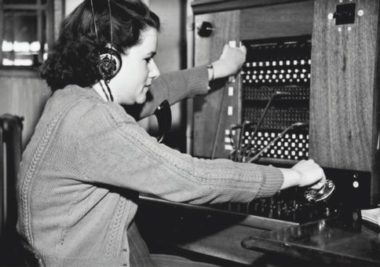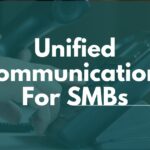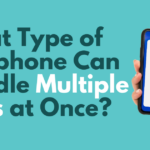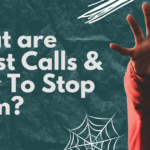One of the biggest choices to make when deploying a new PBX is what kind of service to choose. Here in the US, there are 3 main types of phone service POTS, PRI, and SIP Trunking.
POTS – Plain Old Telephone Service – These are your standard copper lines that you (used to or still do) have at home.
PRI – Primary Rate Interface – a PRI consists of 24 total channels. 23 of those are reserved for Voice called B-Channels, and the 24th channel is reserved for Data called D-Channel.
SIP Trunking – This is the most common type of telephone service we see these days. SIP or Voice over IP trunking Service vary greatly in how they are delivered, what they cost, and more importantly the business model of the SIP provider.
POTS lines and PRI are still prevalent in areas where SIP trunks are not a feasible option. Example: Rural Areas or Cities with existing PRI Infrastructure. In those cases, SIP Trunking will cost providers a lot of money to build out that infrastructure.
SIP Trunks, also commonly referred to as VoIP trunks, are any connection out to the PSTN over an IP Network.
SIP trunking can be the most cost-effective way to terminate the PSTN. There are many different types of SIP trunking providers.
- Per Minute – Providers who charge per minute
- Per Channel – Providers who provide a set amount of (or unlimited) minutes but limit the number of channels (or simultaneous calls).
- Enterprise – Some higher-level SIP trunking providers can deliver dedicated circuits to the customer premises. Having a dedicated circuit means that the quality can be guaranteed all the way to the provider – there are no calls traversing the open internet.
SIP Trunk Authentication
There are typically 2 types of authentication methods. Some providers authenticate both ways.
- SIP registration uses a username and password to authenticate with the SIP trunking provider.
- IP-based authentication requires a static IP address for sending calls to and from the SIP trunking provider. IP-based authentication can be more stable than SIP registration, however, it requires a static IP address which can be an additional cost.


Pros
- Cost-effective – one of the best ways to achieve ROI vs a PBX with legacy trunking
- Quick Deployment
- Very powerful caller ID options
- e-911 options for businesses with multiple locations
Cons
- Not suitable for all customers (bad internet, rural areas, wireless ISPs)
- Susceptible to Internet Outages
- Setup can be complicated sometimes
- Not all SIP providers are equal!
Conclusion
SIP trunking allows businesses to save on their communications bills while providing a host of advanced features, unlike POTS or PRIs. Failover strategies for SIP and Power allow business continuity no matter what. However, it is still recommended that businesses with critical infrastructure maintain 1 or 2 POTS lines in case of severe emergencies or disasters.
Wondercomm provides both types of SIP trunks – per minute and per channel (with unlimited minutes) to our customers. Every user license comes with a 1 channel (single call) with unlimited minutes. The more users you have the more Channels are available to your business. If you need additional channels, Wondercomm also offers what’s called a burst trunk – These are available trunks available to be used at anytime your business needs them.





Leave a reply